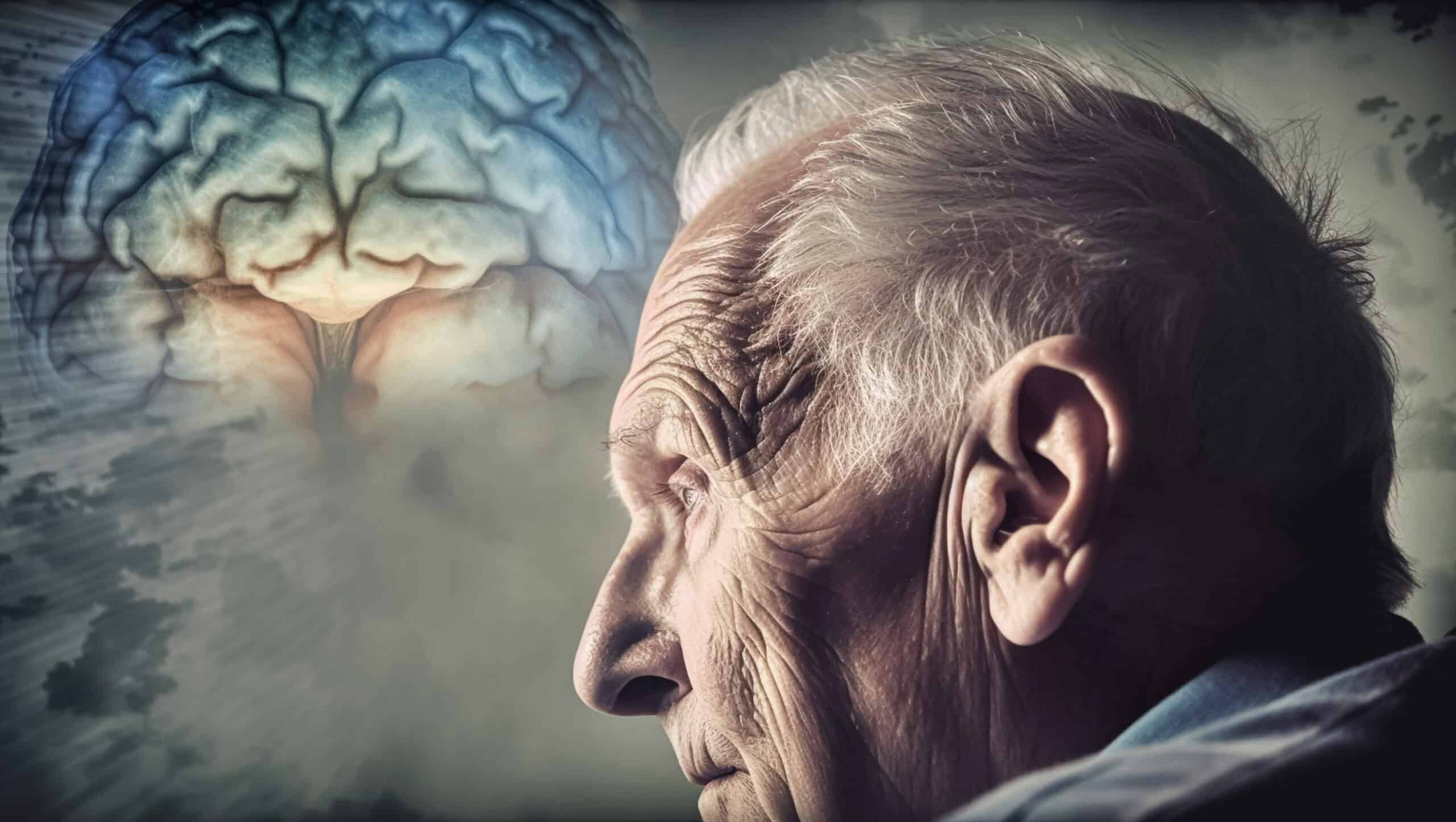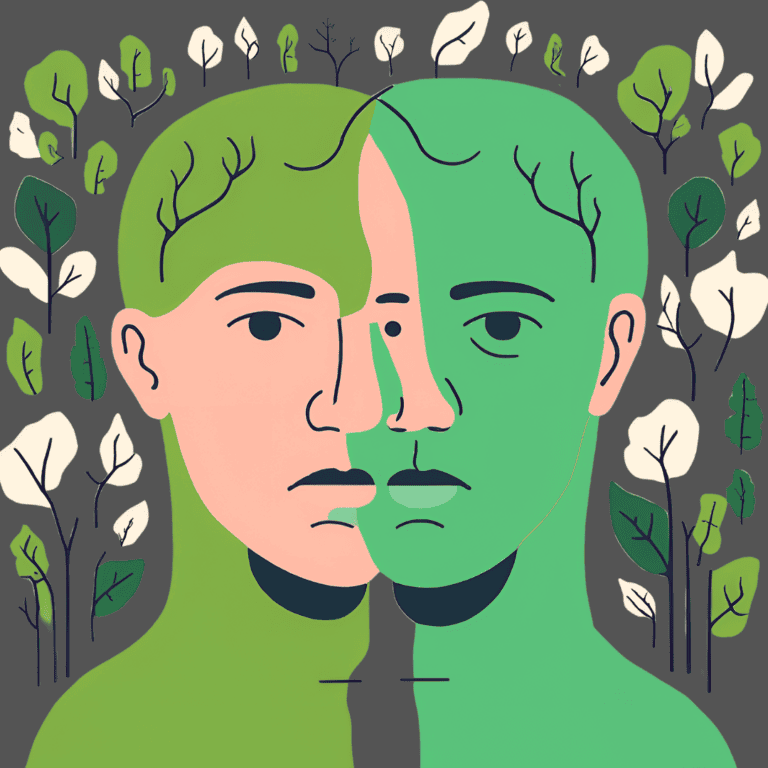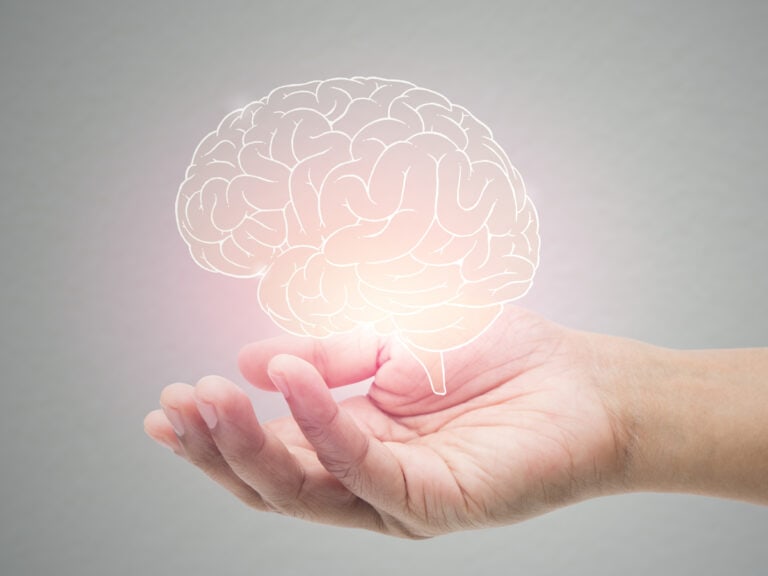Types of Dementia: How They Differ and What You Should Know
Introduction
Dementia is not just memory impairment but a collection of variety of symptoms caused by impairment in brain functioning. It leads to a decline in cognitive abilities such as memory, thinking, and decision-making, significantly impacting daily life. Globally, over 55 million people live with dementia, with India contributing a considerable share to this number. Understanding the different types of dementia is essential for proper diagnosis, treatment, and care. In this blog, we will delve into the various types of dementia, their distinct characteristics, and why early recognition is crucial.
What is Dementia?
Dementia is a syndrome resulting from brain cell damage that impairs cognitive functioning. It is not a normal part of aging, although the risk increases with age. Dementia can affect memory, planning, communication, decision making, social judgment, and even personality and behavior.
Common Symptoms of Dementia:
- Memory loss, especially forgetting recent events or information.
- Difficulty with problem-solving and planning.
- Struggles with language and communication.
- Mood swings and behavioral changes.
- Disorientation regarding time, place, or people.
Causes of Dementia:
- Neurodegenerative diseases such as Alzheimer’s.
- Vascular damage from strokes or other chronic vascular conditions.
- Abnormal protein deposits in the brain.
- Traumatic brain injuries.

Types of Dementia
Dementia can manifest in various forms, each with distinct causes and symptoms. Here, we explore the most common and some rare types of dementia:
1. Alzheimer’s Disease
Alzheimer’s disease is the most common type of dementia, accounting for 60-70% of cases worldwide.
- Key Features:
- Gradual memory loss that worsens over time.
- Difficulty with problem-solving and decision-making.
- Behavioral changes.
- Causes:
- Accumulation of plaques (beta-amyloid) and tangles (tau protein) in the brain disrupts communication between brain cells.
2. Vascular Dementia
Vascular dementia occurs due to reduced blood flow to the brain, often following a stroke or chronic vascular conditions.
- Key Features:
- Sudden or gradual cognitive decline.
- Problems with attention, planning, and reasoning.
- Symptoms may worsen after a stroke or transient ischemic attack (TIA).
- Causes:
- Strokes, high blood pressure, diabetes, and other cardiovascular issues.
3. Lewy Body Dementia (LBD)
Lewy Body Dementia is characterized by abnormal protein deposits, known as Lewy bodies, in the brain.
- Key Features:
- Visual hallucinations and vivid dreams.
- Fluctuating cognitive abilities.
- Parkinson’s-like motor symptoms, such as tremors and stiffness.
- Causes:
- Exact causes are unknown, but it is linked to the buildup of Lewy bodies and shares features with Alzheimer’s and Parkinson’s diseases.
4. Frontotemporal Dementia (FTD)
Frontotemporal dementia affects the frontal and temporal lobes of the brain, responsible for behavior, personality, and language.
- Key Features:
- Significant personality changes, such as apathy or inappropriate social behavior.
- Language difficulties, including speech and comprehension issues.
- Causes:
- Often linked to genetic mutations or abnormal protein buildups.
5. Other Rare Types of Dementia
- Parkinson’s Disease Dementia: Occurs in advanced stages of Parkinson’s disease.
- Huntington’s Disease Dementia: A genetic disorder causing dementia alongside motor symptoms.
- Creutzfeldt-Jakob Disease: A rare, rapidly progressive dementia caused by prion infection.
How These Types Differ
Each type of dementia presents unique challenges for diagnosis and treatment. Differences can be observed in:
- Onset and Progression:
- Alzheimer’s progresses gradually, while vascular dementia can have sudden episodes.
- Symptoms:
- Lewy body dementia has prominent hallucinations, unlike Alzheimer’s.
- Frontotemporal dementia affects personality and language rather than memory in early stages.
- Causes:
- Alzheimer’s is linked to plaques and tangles, while vascular dementia stems from cardiovascular issues.
Diagnosis and Treatment Approaches
Early diagnosis is critical to managing dementia effectively. Key diagnostic tools include:
- Cognitive tests, such as the Mini-Mental State Examination (MMSE).
- Neuroimaging (MRI, CT scans) to identify brain changes.
- Medical history and physical examinations.
Treatment Options:
- Medications:
- Cholinesterase inhibitors (e.g., Donepezil) for Alzheimer’s.
- Medications to manage mood and behavioral symptoms.
- Lifestyle Interventions:
- Regular physical activity, mental stimulation, and a healthy diet.
- Rehabilitation Centers:
- Institutions like Samyak Rehabilitation Center provide tailored care and support for dementia patients and their families.
Caring for Individuals with Dementia
Caring for someone with dementia requires patience, empathy, and tailored strategies.
Key Caregiving Tips:
- Create a structured routine to reduce confusion.
- Simplify communication and use non-verbal cues.
- Modify the living environment to ensure safety.
- Provide emotional support to cope with mood swings and behavioral changes.
Support for Caregivers:
- Seek respite care to prevent burnout.
- Join support groups for shared experiences and advice.
Advances in Dementia Research
Research offers hope for better treatments and early detection. Promising developments include:
- New drugs targeting beta-amyloid and tau proteins.
- Non-invasive brain stimulation techniques
Conclusion
Understanding the different types of dementia is essential for early diagnosis, effective management, and improved quality of life for patients and caregivers. Institutions like Samyak Rehabilitation Center play a vital role in providing comprehensive care and support. While dementia remains a challenging condition, advancements in research and community efforts offer hope for a better future.





